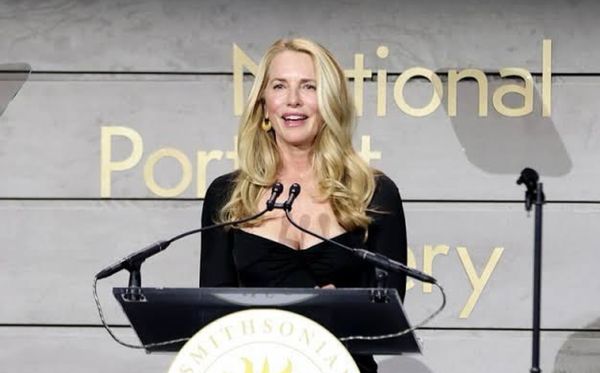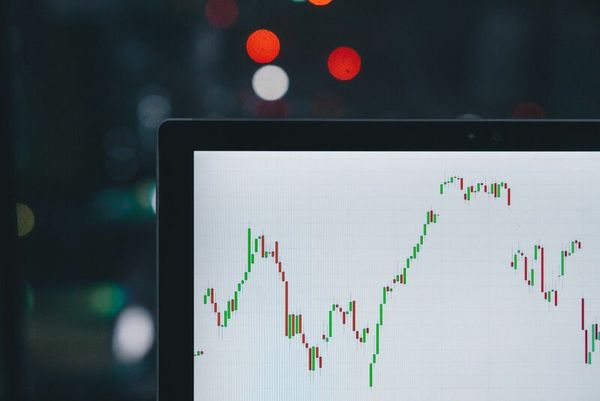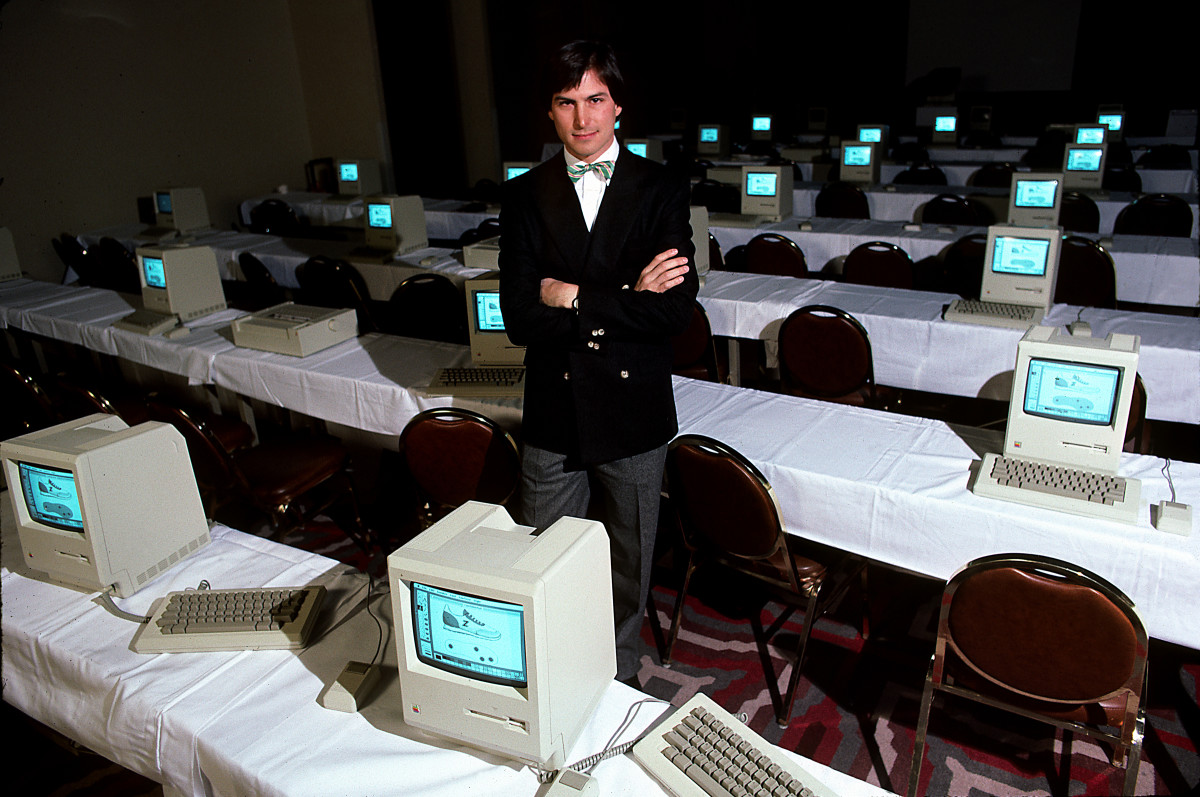
In 1997, Apple ( (AAPL) ) launched its “Think Different” advertising campaign, celebrating the misfits, rebels, and revolutionaries whose unique ideas changed the world.
The popular campaign, which sparked Apple’s massive, multi-billion-dollar turnaround, featured luminaries like Albert Einstein, John Lennon, and the Rev. Dr. Martin Luther King Jr., although it could easily have included the company’s own mercurial co-founder, Steve Jobs.
Through the Mac computer, iPhone, iPod, and iPad, Jobs’ visionary efforts revolutionized the computer, music, film, and wireless industries, yet his personal life was a mix of euphoric highs and rock-bottom lows. His tragic death at the age of 56 on October 5, 2011, from complications from pancreatic cancer further cemented his legend.
What is Jobs' posthumous net worth?
Along with his many ups and downs, Job amassed a fortune Forbes estimates to be worth $7 billion today. Surprisingly, little of that comes from Apple.

Michael L Abramson/Getty Images
Jobs' early life and the founding of Apple
Jobs is best known as the co-founder of Apple Computer, along with Steve Wozniak, and a business partner named Steve Wayne, who held a 10% stake in the company for a little more than a week before selling it for $800.
Jobs and Wozniak, the “two Steves,” met at Homestead High School in Cupertino, Calif. Born Abdul Lateef Jandali, Jobs was adopted shortly after his birth by Paul and Clara Jobs, who lived in a blue-collar neighborhood of San Francisco.
Related: Steve Wozniak’s net worth: The Apple cofounder’s wealth in 2024
Jobs was a rebellious child who frequently misbehaved and was often bullied in school, but he loved spending time alongside his adoptive father Paul, whom he referred to throughout his life as his dad, especially when they worked together in the family’s garage.
The family used all of their savings to move to a three-bedroom house in Los Altos, Calif., so Jobs could attend Homestead High.
Jobs and Wozniak, or “Woz,” as he was known, became best friends; Woz’s love of “Star Trek” and science fiction novels laid the foundation for his brilliant, often rule-breaking electronic inventions. Jobs, by then a long-haired hippie, had experimented with LSD and was immersed in everything from electronics to literature, music, and Buddhism.
In his first year at the University of Colorado Boulder, Woz was expelled for hacking into the school’s computer system in order to send prank messages. Jobs, in turn, left Reed College after just one semester.
In 1976, Woz designed a motherboard-only personal computer called the Apple I, and Jobs had the idea to create a company and sell them. The two sold their first batch of 50 boards to a local computer shop, then raised additional funds by selling Woz’s cherished calculator (for $250) and Job’s Volkswagen bus (for $1,500).
In 1977, they found an angel investor in Mike Markkula, an Intel engineer who had made millions off stock options and retired at the young age of 33. Hearing about the Apple II microcomputer, however, Markkula came out of retirement to help fund the fledgling venture, providing $250,000 in capital and helping the business incorporate. Markkula also introduced the company to its first CEO, Michael Scott (1977–1981), before taking the helm himself between 1981 and 1983.
Apple Computer’s next invention, the Apple II, had 4k of RAM and retailed for $1,298 ($6,727 in 2024 dollars). It was more expensive than other microcomputers of the time, like the Commodore Personal Electronic Transactor (PET) and Tandy-Radio Shack 80 (TRS-80), but due to its ingenious floppy disk drive, sales took off.
600 machines were sold in 1977, 7,600 in 1978, and 35,000 in 1979. In 1980, a spreadsheet application was added to the Apple II, propelling sales skyward; by the end of 1981, Apple Computer had sold 210,000 machines, and the Apple II had become one of the first personal computers to be produced on a mass scale.
The Steves were millionaires many times over.
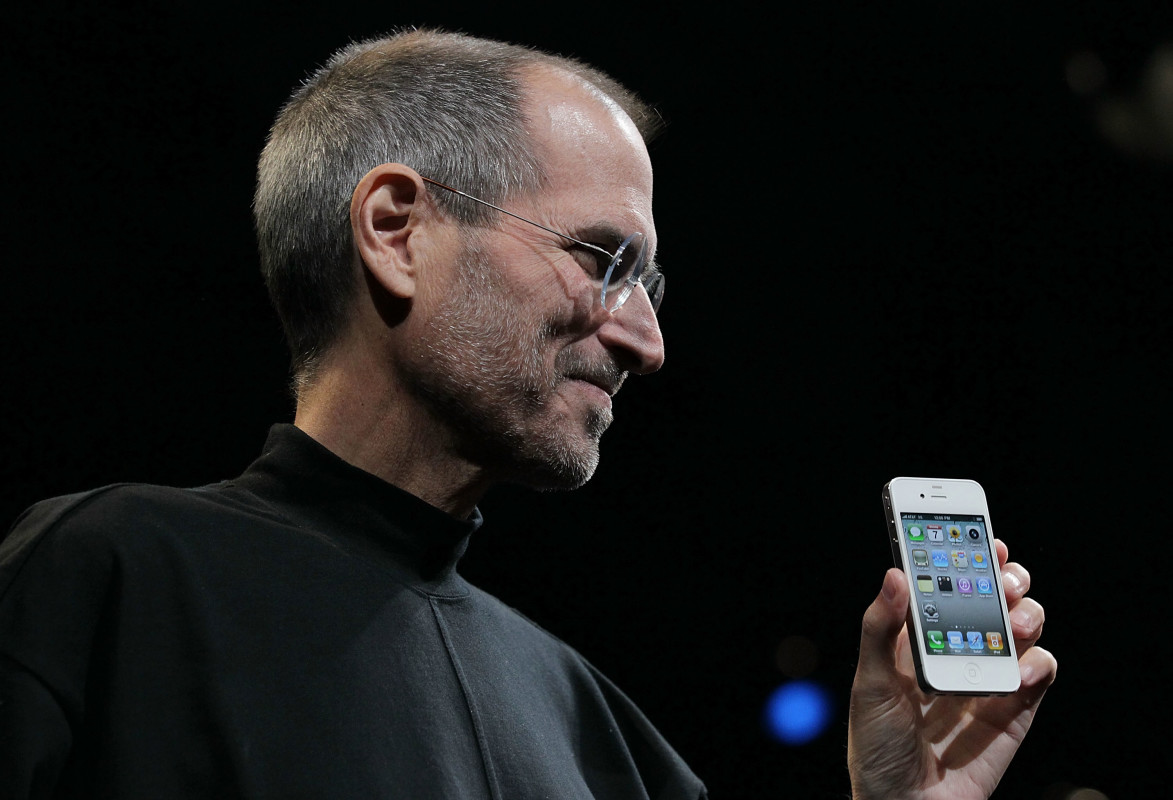
Justin Sullivan/Getty Images
Jobs' career after departing Apple
At Apple Computer’s IPO on Dec. 12, 1980, shares were offered at $22. Woz owned 7% of the company, or 3.9 million shares valued at $87.8 million ($347 million in 2024 dollars). Jobs owned 15% of the company, or 7.5 million shares, worth $217 million ($867 million in 2024 dollars).
Unfortunately, the next few years would be a time of turmoil for the company, marked by some product successes but also greater failures and bitter infighting.
Both Woz and Jobs left Apple Computer in 1985. Jobs was forced out by then-CEO John Sculley and Apple’s board of directors. Incensed, Jobs sold all but a single share of his stock in the company — later revealing he kept it in order to continue receiving Apple’s annual reports.
Later that year, Jobs took some Apple employees and founded NeXT, which manufactured workstation computers and software for the higher education and business markets. Programmers used its NeXTSTEP operating system to develop video games like “Doom,” “Heretic,” and “Strife.”
In 1986, Jobs acquired Lucasfilm’s computer graphics division, which spun off as the independent studio, Pixar.
Jobs invested $50 million of his own money into the company, growing Pixar into the major animation powerhouse that produced “Toy Story,” the first film to be completely animated by computer. It generated $358 million at the box office, and, at its IPO on Nov. 29, 1995, shares of Pixar were priced at $22. Jobs owned upwards of 80% of the company, and thus officially reached billionaire status.
When Disney bought Pixar for $7.4 billion in 2006, Jobs became a member of the company's board of directors and the company’s largest shareholder, at 7%. His shares were valued at $3.9 billion.
While all of this was happening, Apple teetered on the brink of bankruptcy. Simply overpowered by the popularity of the lowered-priced Windows operating system, Apple lost considerable market share during the 1990s. To entice Jobs into returning to the company, Apple bought NeXT in 1996 for $429 million.
Related: Tim Cook's net worth: How much the Apple CEO's stock is worth
Jobs' return to Apple
Many believe Pixar’s success gave Jobs the confidence to resume his leadership at Apple — and when he came back in 1997, he did so as CEO. He received a token $1 salary as a way to demonstrate his commitment to the company, but he also got company stock — 38 million shares to be exact. At the time of his death, they were valued at $2.2 billion.
But Jobs’ return was more than a homecoming; he was determined to make consumers “Think Different” through Apple’s innovative products.
Under his leadership, the company launched the iMac, iPod, iPhone and iPad. It opened Apple Stores and iTunes. Apple became the largest company in the world by market cap in 2011 and the first company valued at $1 trillion in 2018.
More tech exec net worth:
- Bill Gates' net worth: How much has he made (and given away)?
- Jeff Bezos' net worth: How Amazon's founder spends his billions
- Jensen Huang's net worth: How the Nvidia founder's AI stakes made him a billionaire
Due to his failing health, Jobs stepped down as Apple CEO on Aug. 24, 2011, handing the reins over to Tim Cook, who continues as CEO today.
How much was Steve Jobs worth when he died?
At the time of Jobs’ death on October 5, 2011, he had an estimated net worth of $10.2 billion.
What would Jobs’ slice of Apple be worth today if he hadn’t sold his shares?
Accounting for Apple’s three stock splits between its IPO in 1980 and Jobs’ death in 2011 (the company's stock has since split two additional times, in 2014 and 2020), Forbes estimates that, had Jobs held onto his 7.5 million initial shares, he would have had 78.9 million shares of Apple at the time of his death.
The company’s stock was worth $400 per share in October 2011, which means that he would have been worth a staggering $31.6 billion at the time of his death if he still had his original 15% stake.
Fast-forward to mid-2024, and Job's original 15% stake in Apple would be worth $465 billion, which would make him the richest person in the world by a factor of more than two.
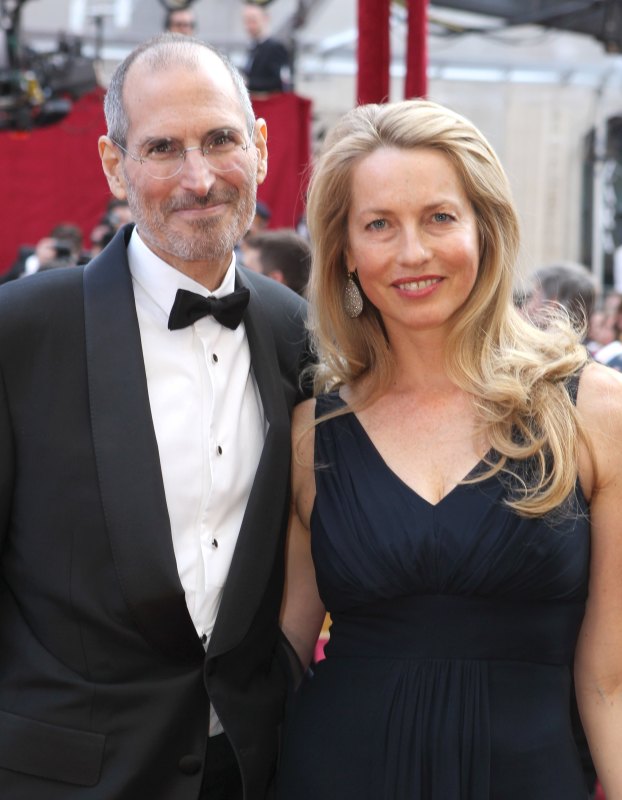
Alexandra Wyman/Getty Images
Who inherited Steve Jobs’ fortune?
Although Jobs had four children, only two people inherited his fortune: His wife, Laurene Powell Jobs, and his first daughter, Lisa Brennan-Jobs.
Laurene Powell Jobs' net worth
The bulk of Jobs’ fortune went to Powell Jobs, mostly in the form of shares of Disney and Apple. As of July 2024, Forbes estimates Powell Jobs’ net worth to be $15.4 billion.
She has used her wealth to fund environmental justice, immigration, and educational initiatives through the charity she founded, Emerson Collective. She also acquired major stakes in The Atlantic magazine and Monumental Sports, which owns the Washington Capitals, Washington Wizards, and Washington Mystics professional sports teams.
She recently launched a second foundation, called Waverley Street Foundation, which works to address climate change issues, publicly committing to donate $3 billion to the cause over the next decade.
Lisa Brennan-Jobs net worth
Jobs had a distant relationship with his daughter Lisa Brennan for the first decade of her life — in fact, he denied paternity when she was born. She was the result of Jobs’ relationship with his high school sweetheart, Chrisann Brennan, who, when their relationship ended in 1978, left the home she shared with Jobs and delivered her baby on the All One Farm commune in Oregon.
Lisa was actually named after the “Local Integrated System Architecture” prototype Jobs had been working on, although it ultimately proved unsuccessful. After a DNA test revealed that Jobs was indeed Lisa’s father, he reconciled with his daughter, and she added his surname in 1986.
Fortune estimates that Brennan-Jobs received a $25 million inheritance when Jobs died.
Related: Veteran fund manager sees world of pain coming for stocks






